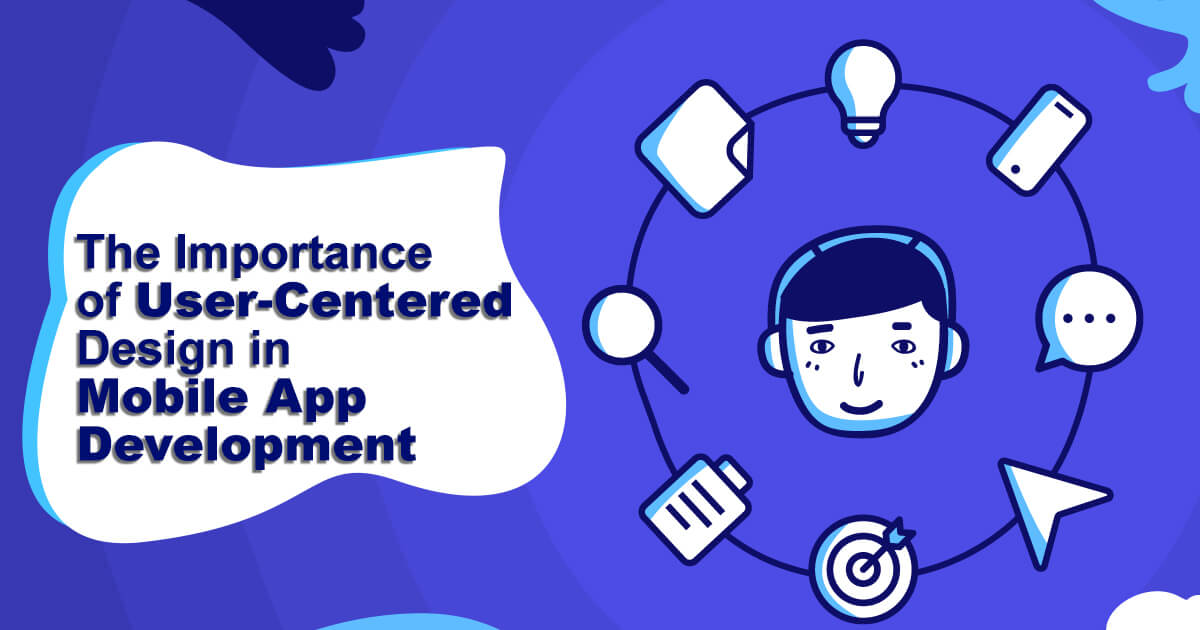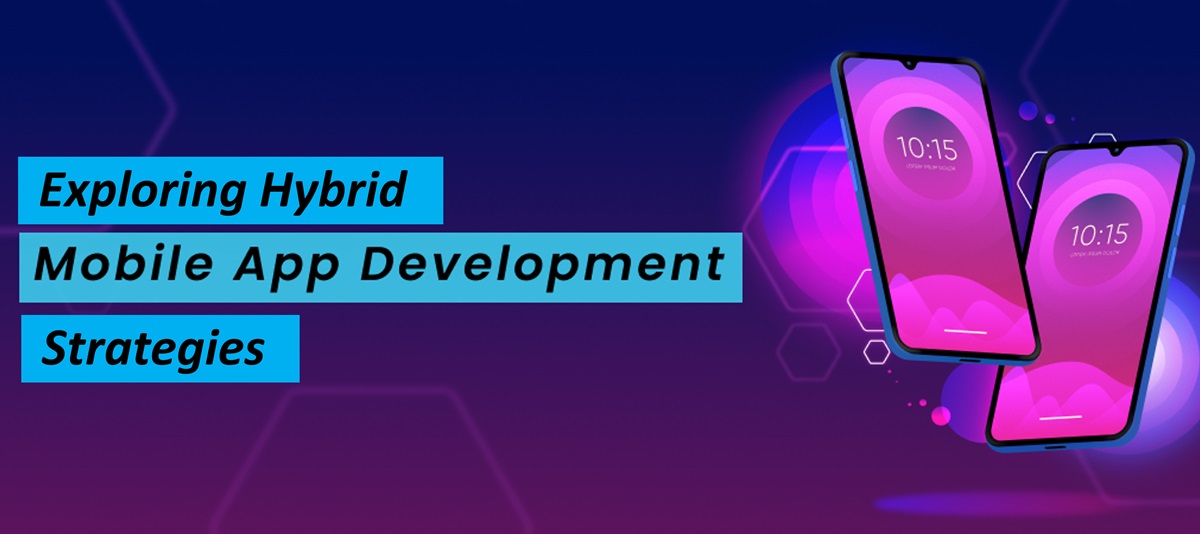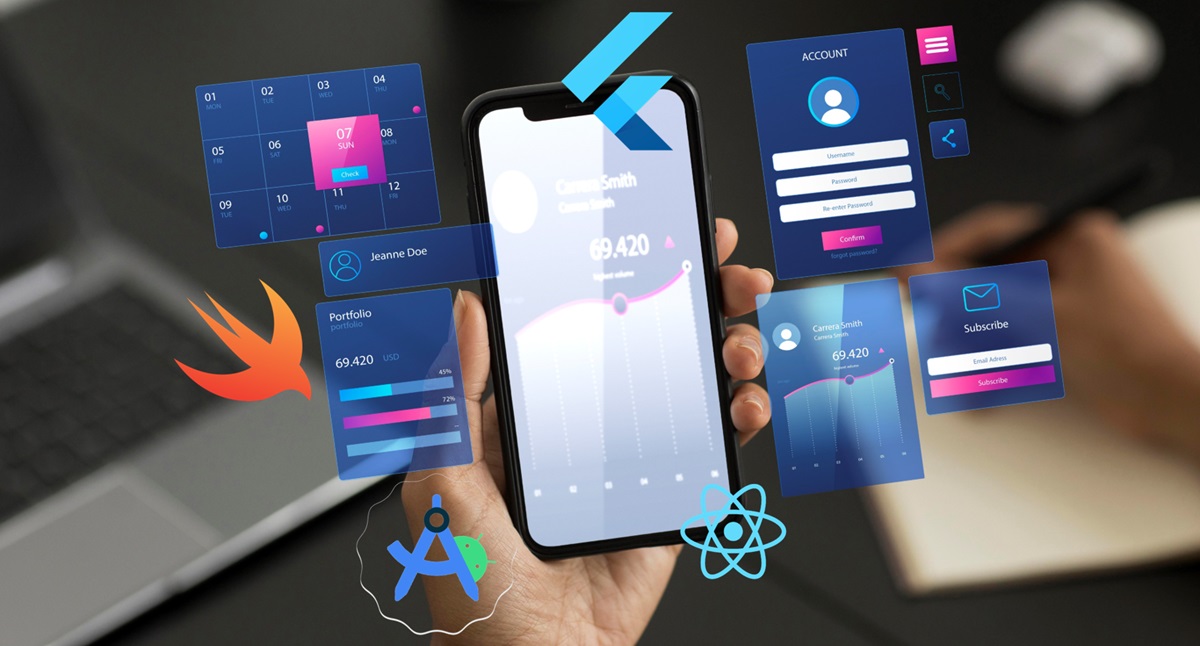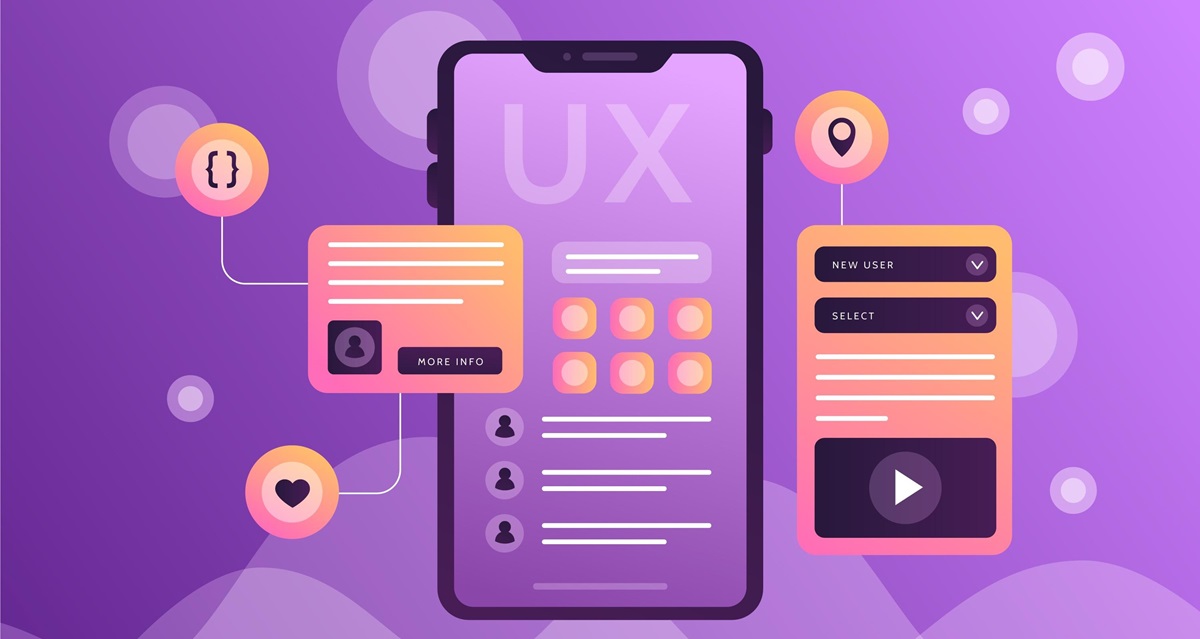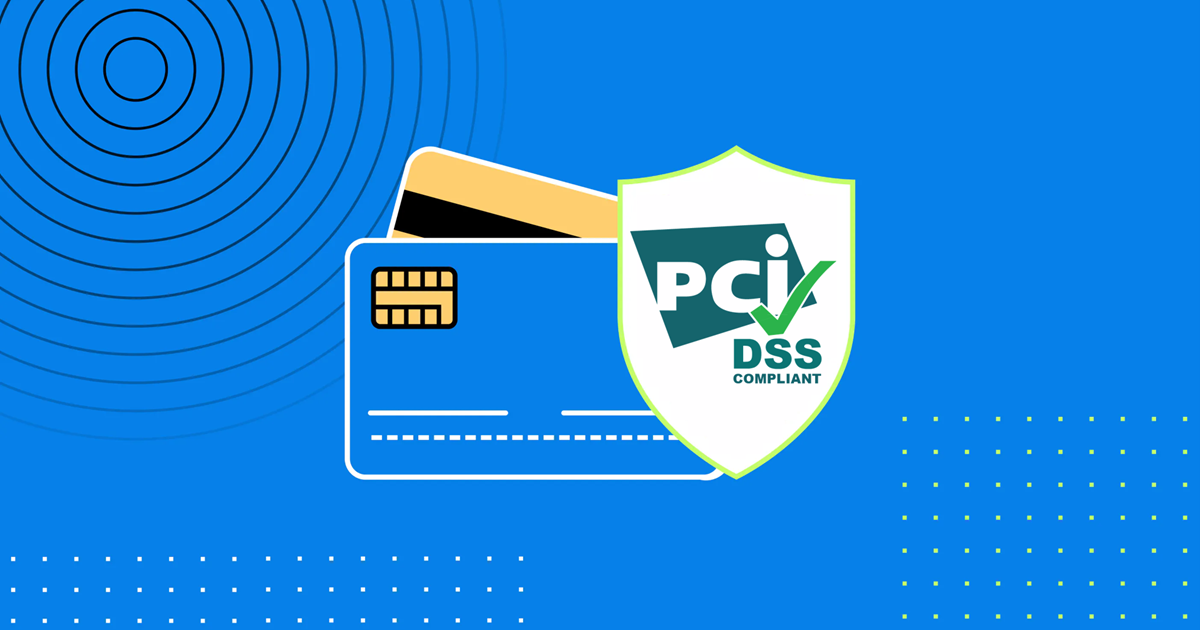What is User-centric design?
User-centric design, also known as user-centered design (UCD), is an approach for product design and development that prioritizes the needs, preferences, and behaviors of the end users. It involves placing the user at the center of the design process and creating products or services that are tailored to meet their specific requirements.
The core principle of user-centric design is to understand and empathize with the users’ goals, motivations, and challenges. It involves conducting user research, gathering feedback, and incorporating user insights throughout the design and development stages. By involving users early on and iteratively testing and refining the design based on their feedback, user-centric design aims to create intuitive, efficient, and enjoyable experiences for users.
Key elements of user-centric design include:
- User Research: Conducting research to gain a deep understanding of the target users, their needs, behaviors, and preferences. This may involve interviews, surveys, observations, and usability testing.
- User Personas: Creating fictional representations of the target users to capture their characteristics, goals, and motivations. Personas help designers empathize with users and make design decisions aligned with their needs.
- User Journey Mapping: Visualizing the user’s experience and interactions with the product or service over time. This helps identify pain points, opportunities, and moments of delight in the user’s journey.
- Prototyping and Iteration: Developing prototypes or mockups of the product or service to gather feedback from users. Iterative testing and refinement allow for continuous improvement based on user insights.
- Usability Testing: Conducting tests with real users to evaluate the product’s usability and identify areas of improvement. Usability testing often involves observing users’ interactions, collecting feedback, and making adjustments accordingly.
- Accessibility and Inclusivity: Considering the diverse needs and abilities of users and designing products that are accessible and inclusive to a wide range of users, including those with disabilities or special requirements.
By embracing user-centric design principles, companies can create products and services that are intuitive, user-friendly, and aligned with the users’ needs and expectations. Ultimately, this approach can lead to higher user satisfaction, increased adoption rates, and improved business outcomes.
Why is user-centered design important?
User-centered design is important for several reasons:
- Enhanced User Experience: By placing the user at the center of the design process, user-centered design aims to create products and services that are intuitive, easy to use, and meet the users’ needs. This leads to an enhanced user experience, resulting in higher user satisfaction and increased engagement.
- Increased Adoption and Engagement: When products are designed with the users’ needs and preferences in mind, they are more likely to be adopted and used regularly. By partnering with a reputable mobile app development company that specializes in user-centered design, businesses can ensure the creation of high-quality apps that deliver exceptional user experiences. A skilled app development company can provide the expertise, technical proficiency, and industry insights necessary to design and develop user-centric mobile apps that drive increased adoption, user engagement, and business growth.
- Reduced Development Costs and Risks: User-centered design emphasizes iterative testing and refinement based on user feedback. By involving users early in the design process, potential issues and usability problems can be identified and addressed before significant development resources are invested. This helps reduce development costs and mitigates the risks of building a product that fails to meet user expectations.
- Competitive Advantage: In today’s highly competitive market, user experience has become a crucial differentiator. Companies that prioritize user-centered design gain a competitive advantage by delivering products that stand out in terms of usability, functionality, and overall user satisfaction. By building products that meet users’ needs effectively, companies can attract and retain customers, building long-term loyalty and positive brand reputation.
- Customer Empathy and Insights: User-centered design encourages companies to deeply understand their target users through research and empathizing with their needs and challenges. This process helps gain valuable insights into users’ behaviors, motivations, and pain points. This user knowledge can be leveraged not only for the current project but also for future product development, marketing strategies, and business decisions.
- Accessibility and Inclusivity: User-centered design promotes the consideration of diverse user needs, including accessibility requirements. By designing products that are accessible and inclusive, companies can reach a broader user base and ensure equal access to their offerings, fostering a more inclusive and socially responsible approach to design.
Overall, user-centered design is important because it prioritizes the users’ needs and preferences, leading to improved user experiences, increased adoption rates, reduced risks, and a competitive advantage in the market. By understanding users and designing with empathy, companies can build products that truly resonate with their target audience and drive business success.
Importance of User-Centered Design in Mobile App Development
User-centered design plays a crucial role in mobile app development, especially for a mobile app development company aiming to create successful and user-friendly applications. By adopting a user-centric approach, such companies can ensure that their mobile apps meet the needs and expectations of their target users. Here are some key reasons why user-centered design is important in mobile app development:
- Enhanced User Satisfaction: User-centered design in mobile app development ensures that the app is designed with the end user in mind. By understanding their needs, preferences, and behaviors, the app can be tailored to provide a satisfying and intuitive user experience.
- Improved Usability: User-centered design focuses on making the app easy to use and navigate. By considering user interactions, preferences, and expectations, the app can be designed with clear and intuitive interfaces, minimizing the learning curve and maximizing usability.
- Higher User Engagement: When users find an app easy to use and enjoyable, they are more likely to engage with it regularly. User-centered design helps create engaging experiences that keep users coming back, increasing user retention and driving app success.
- Reduced User Frustration: By involving users in the design process and understanding their pain points and challenges, user-centered design aims to address and minimize sources of user frustration. This can include streamlining complex workflows, eliminating unnecessary steps, and providing helpful feedback and guidance within the app.
- Faster Learning and Adoption: A user-centered approach ensures that the app is designed to match users’ mental models and existing knowledge. However, it’s important to be aware of common mistakes when developing your app that can hinder user adoption and satisfaction. Avoiding these mistakes can greatly contribute to the success of your app. Learn about some of these common mistakes and how to avoid them in our blog post on Common Mistakes When Developing Your App.
- Increased App Downloads and Reviews: Positive user experiences resulting from user-centered design can lead to increased app downloads and positive user reviews. Satisfied users are more likely to recommend the app to others, contributing to organic growth and improved app store ratings.
- Better Alignment with User Needs: User-centered design helps ensure that the app addresses users’ specific needs and solves their problems effectively. By conducting user research and gathering insights, the app can be tailored to match user expectations and deliver value.
- Iterative Improvement: User-centered design is an iterative process that involves gathering user feedback and incorporating it into subsequent design iterations. This allows for continuous improvement of the app based on real user insights, ensuring that it remains relevant and aligned with user needs over time.
- Increased Competitive Advantage: In a crowded app market, user-centered design can be a key differentiator. By delivering an exceptional user experience, the app can stand out from competitors, attract more users, and gain a competitive advantage.
- Business Success: Ultimately, user-centered design contributes to the overall success of a mobile app. By prioritizing user needs and delivering a positive user experience, the app is more likely to achieve its intended goals, whether it’s generating revenue, increasing brand awareness, or providing a valuable service.
By embracing user-centered design principles in mobile app development, companies can create apps that are user-friendly, engaging, and aligned with the needs and expectations of their target audience. This, in turn, leads to higher user satisfaction, increased app usage, and improved business outcomes.
F.A.Q
Q1: What is user-centric design in mobile app development?
A: User-centric design in mobile app development is an approach that prioritizes the needs, preferences, and behaviors of the end users. It involves understanding user motivations, conducting research, and incorporating user insights throughout the design process to create intuitive and user-friendly mobile apps.
Q2: How does user-centric design impact mobile app success?
A: User-centric design greatly influences the success of mobile apps. By focusing on the users’ needs, it enhances the user experience, increases app adoption rates, and boosts user engagement. It also helps in minimizing development costs and risks by addressing usability issues early on, leading to higher user satisfaction and a competitive advantage in the market.
Q3: Why is user research important in user-centric design for mobile apps?
A: User research is essential in user-centric design for mobile apps as it provides valuable insights into the target users’ behaviors, preferences, and pain points. By conducting user research, mobile app developers can gain a deeper understanding of the target audience, which enables them to design apps that align with user expectations and deliver a superior user experience.
Q4: How does user-centered design contribute to app usability?
A: User-centered design focuses on creating mobile apps that are intuitive and easy to use. By involving users in the design process, conducting usability testing, and incorporating their feedback, mobile app developers can identify and address usability issues. This results in apps that provide a seamless and effortless user experience, ultimately improving app usability.
Q5: Does user-centered design only apply to the initial app development phase?
A: No, user-centered design is an iterative process that extends beyond the initial app development phase. It involves gathering user feedback throughout the app’s lifecycle and making continuous improvements based on user insights. User-centered design is a constant effort to meet evolving user needs and preferences and to drive continuous innovation in mobile app development.
Q6: How can a mobile app development company implement user-centered design effectively?
A: To implement user-centered design effectively, a mobile app development company should prioritize user research, engage users in the design process through usability testing and feedback sessions, and create user personas to guide design decisions. Regularly iterating and refining the app based on user feedback, while considering accessibility and inclusivity, are key aspects of successful user-centered design implementation.



















